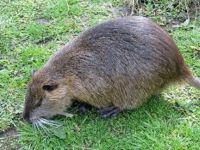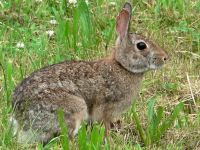Invasive mammals
Invasive mammals are animals from one part of the world that are transported, or migrate due to climate change, beyond their natural range and become established in a new area where they can cause potential harm to native ecosystems.
There are 5 priority categories. A animal's priority category determines the province's response.
- Prevent
- Early detection and rapid response (EDRR)
- Provincial Containment
- Regional containment/control
- Management
The mammals on this page are organized based on these categories.
Prevent
Species determined to be high risk to B.C. and not yet established. Management objective is prevent the introduction and establishment.
Provincial containment
Species is high risk with limited extent in B.C. but significant potential to spread. Management objective is to prevent further expansion into new areas with the ultimate goal of reducing the overall extent.
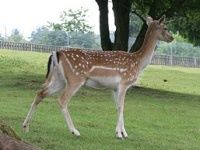
Fallow deer
Dama dama
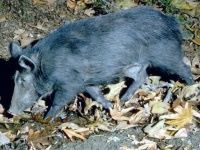
Feral pig (PDF, 341KB)
Sus scrofa
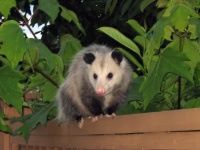
Virginia opossum (PDF, 497KB)
Didelphis virginiana
Regional containment/control
Species is high risk and well established, or medium risk with high potential for spread. Management objective is to prevent further expansion into new areas within the region through establishment of containment lines and identification of occurrences outside the line to control.
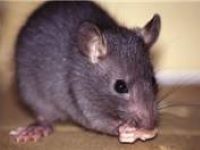
Black rat/Roof rat (PDF, 488KB)
Ratus ratus
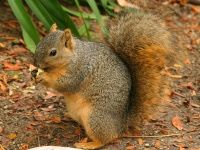
Eastern fox squirrel (PDF, 382KB)
Sciurus niger
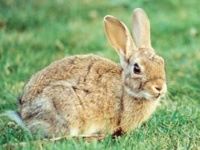
European rabbit (PDF, 473KB)
Oryctolagus cuniculus
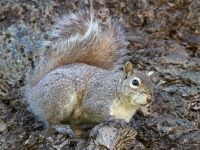
Eastern grey squirrel (PDF, 323KB)
Sciurus carolinensis
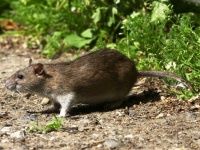
Norway rat/Brown rat (PDF, 487KB)
Ratus norvegicus
Management
Species is more widespread but may be of concern in specific situations with certain high values - e.g., conservation lands, specific agriculture crops. Management objective is to reduce the invasive species impacts locally or regionally, where resources are available.
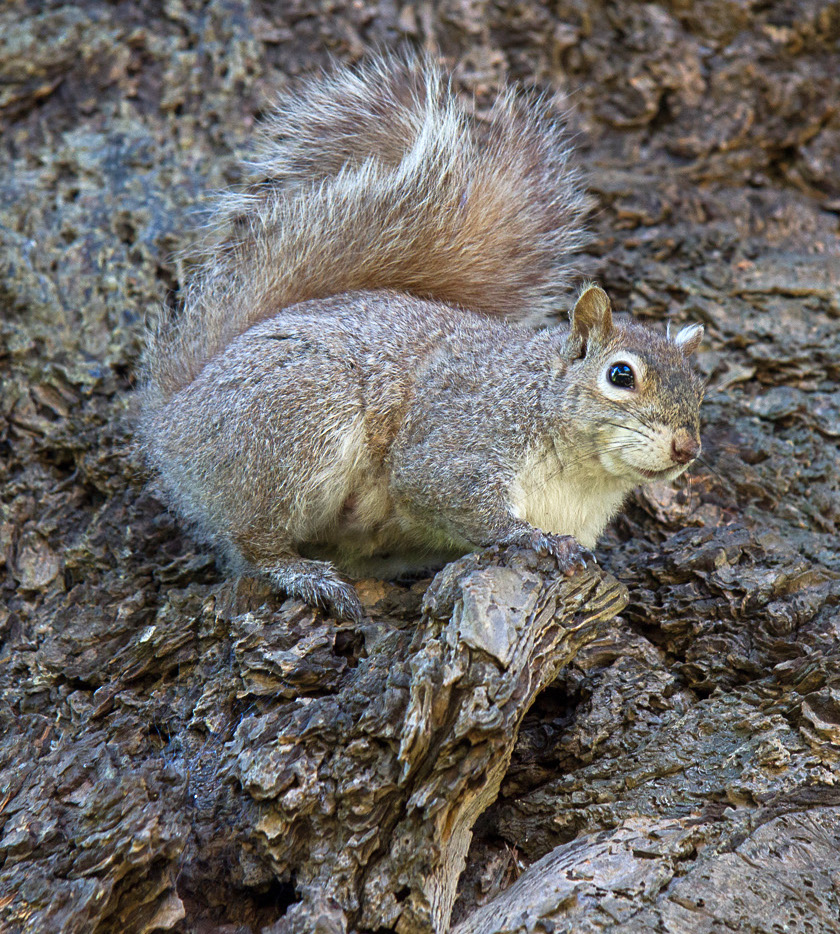
Report invasive species before they cause harm.

